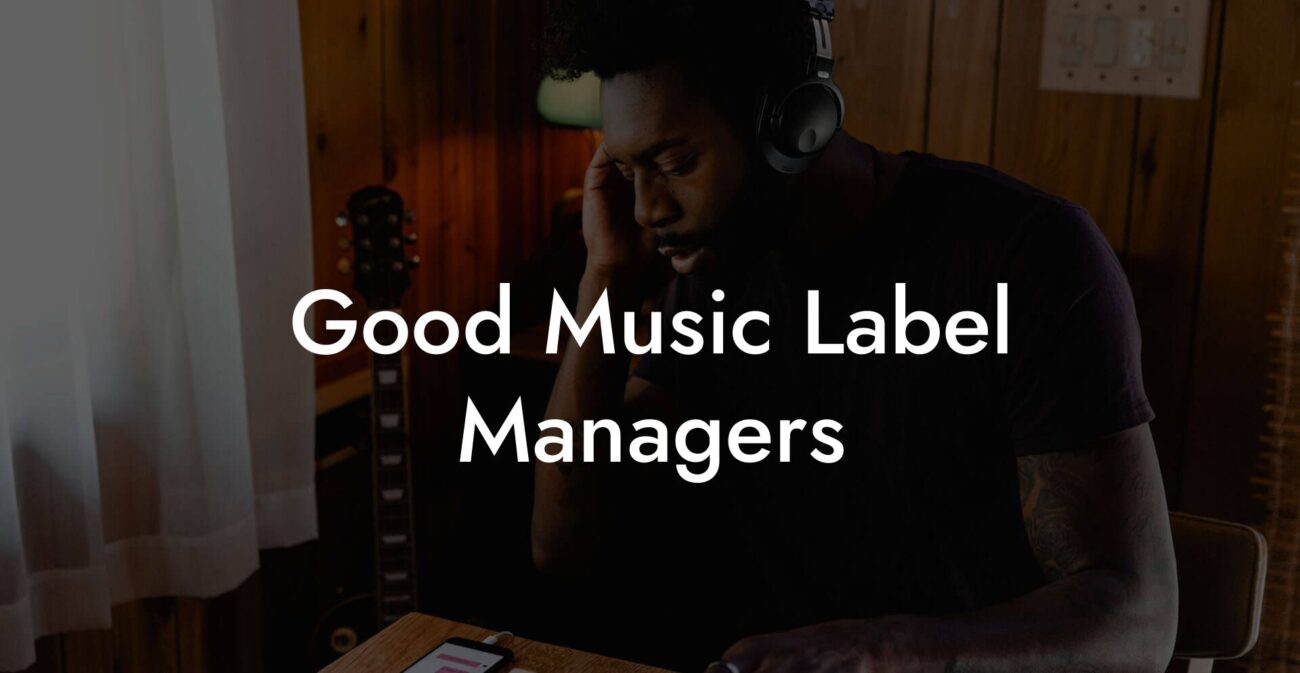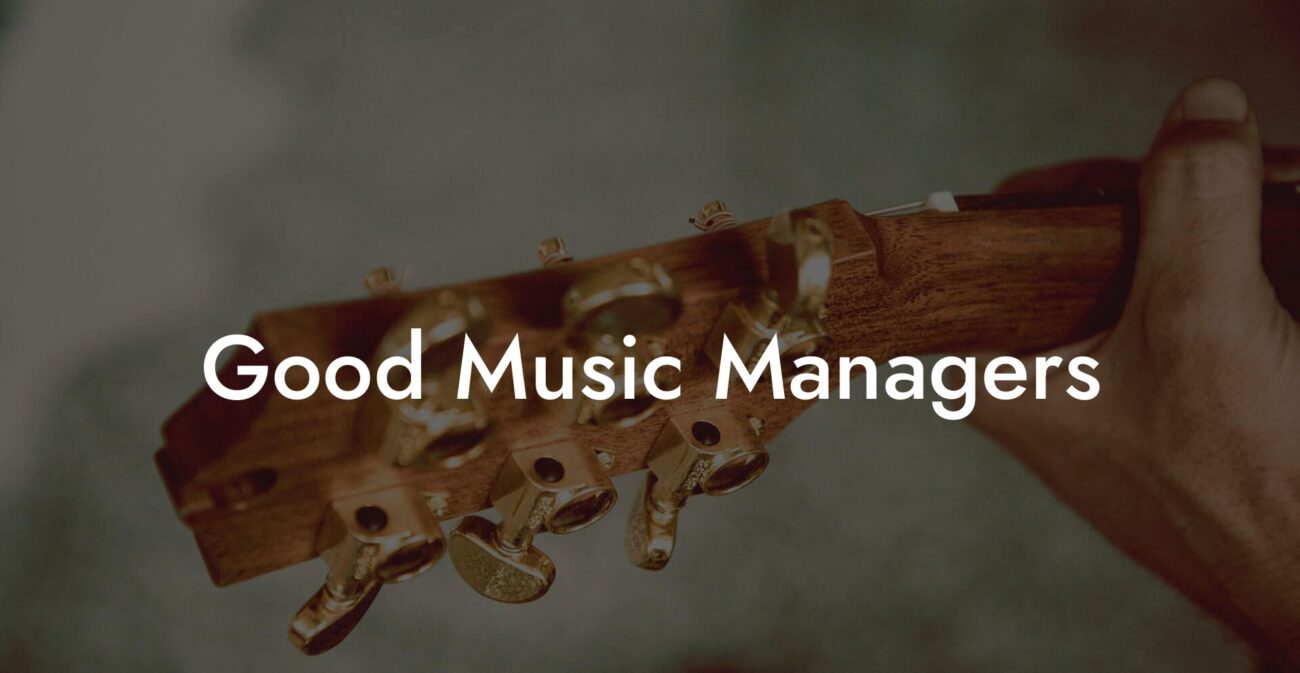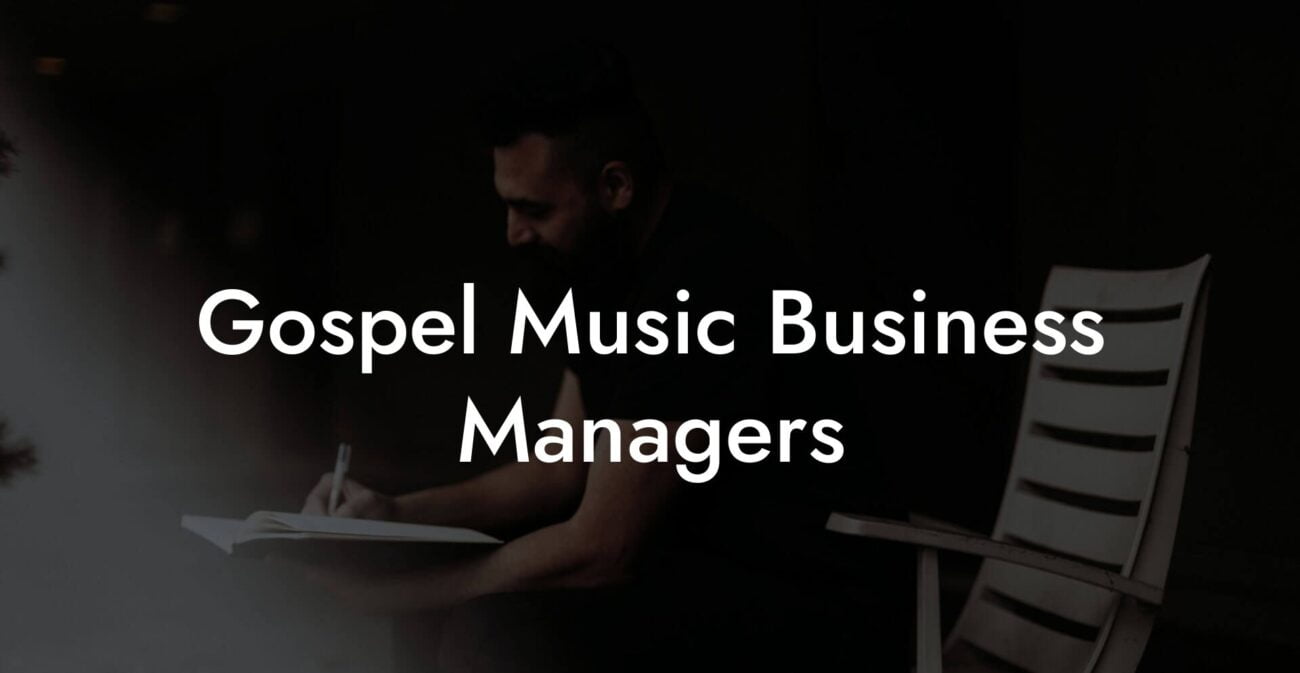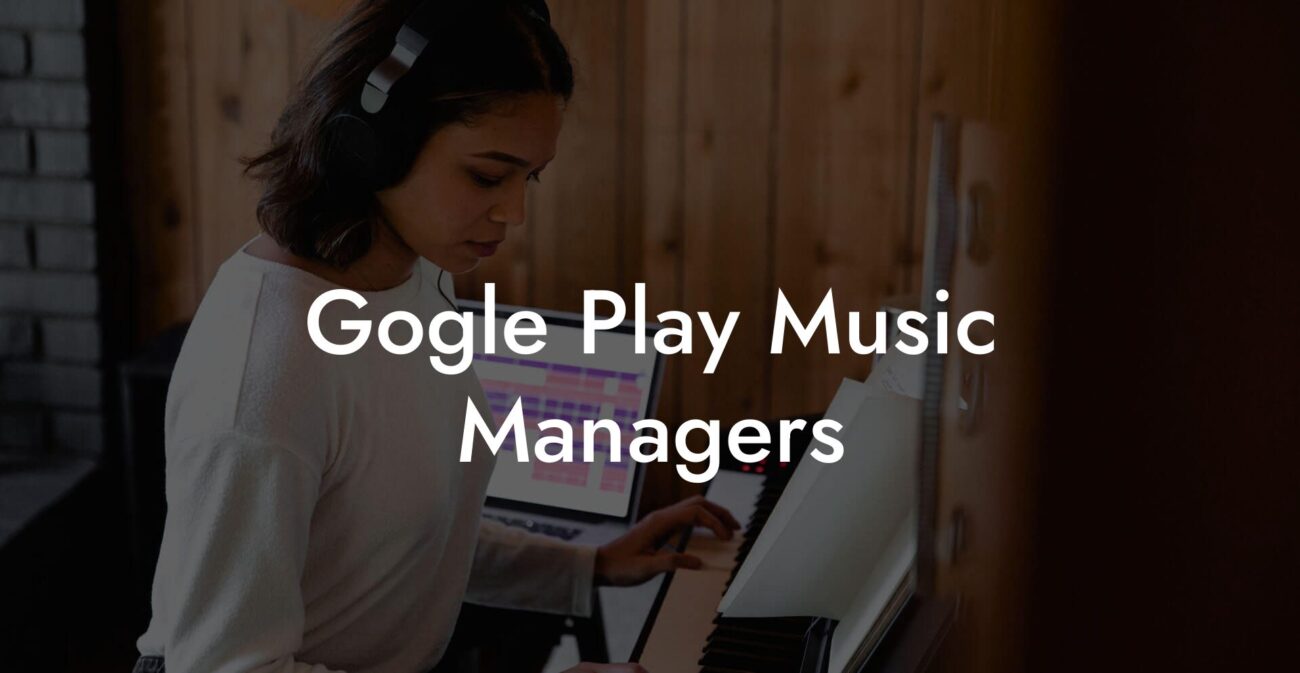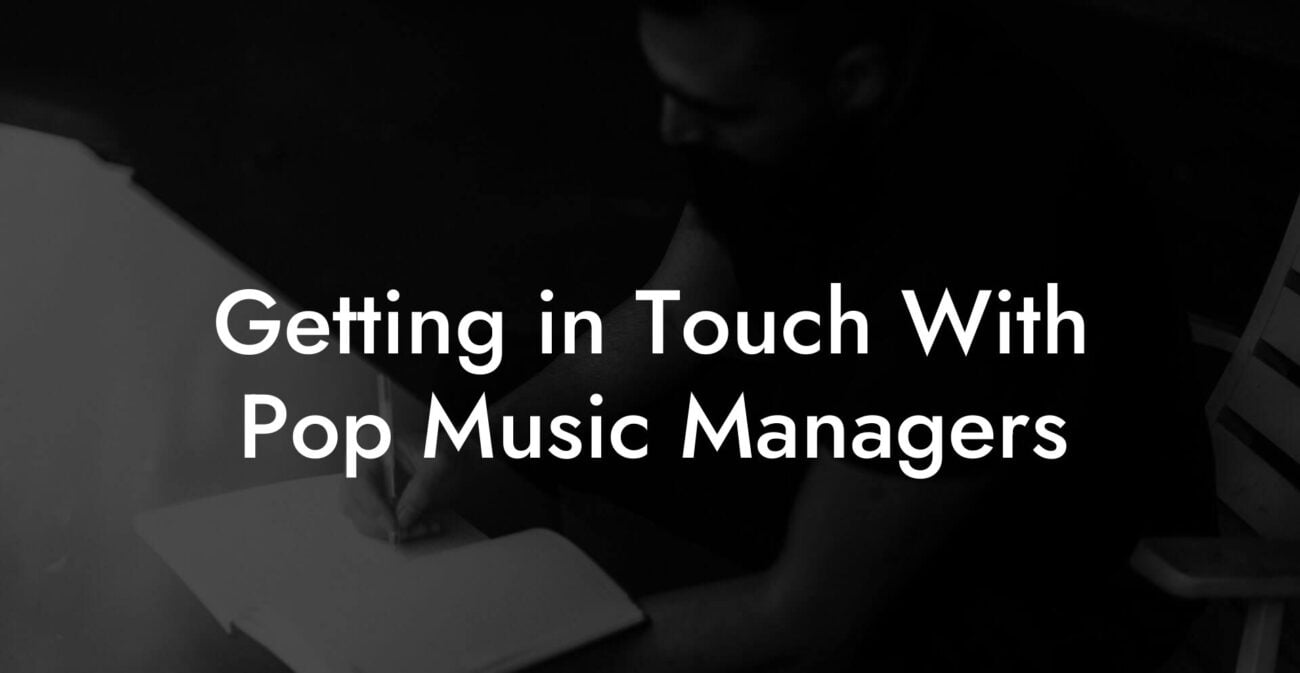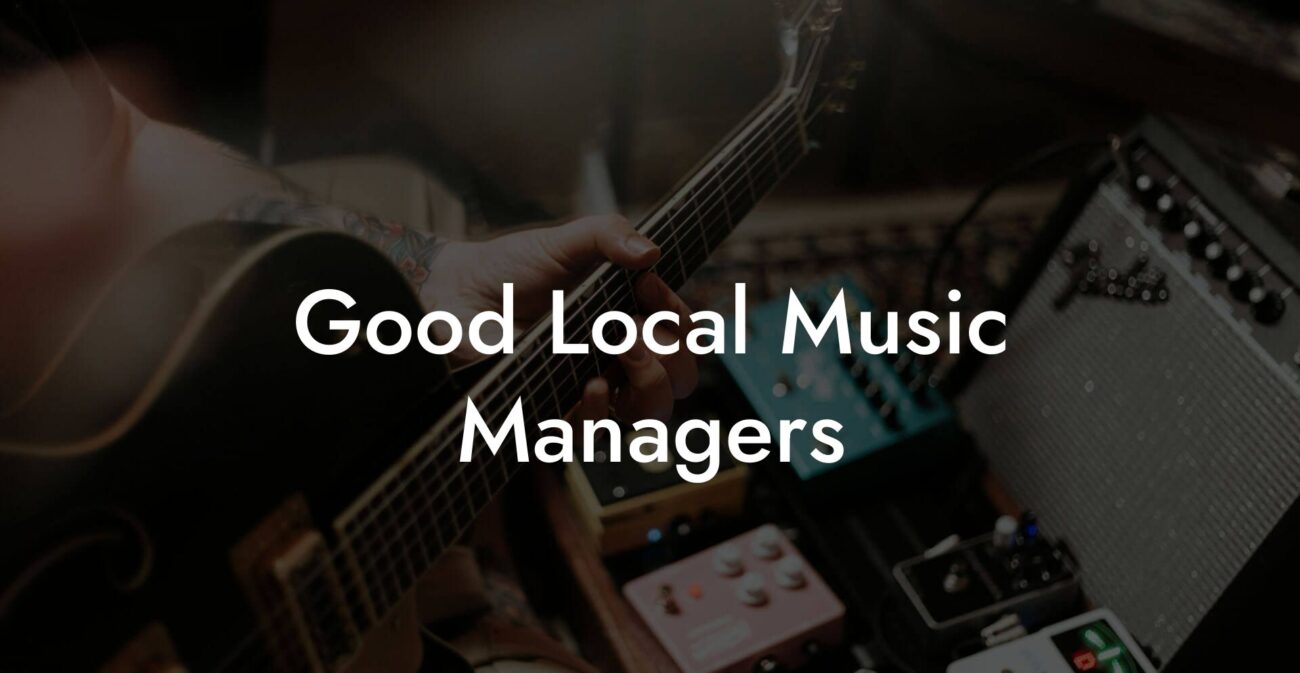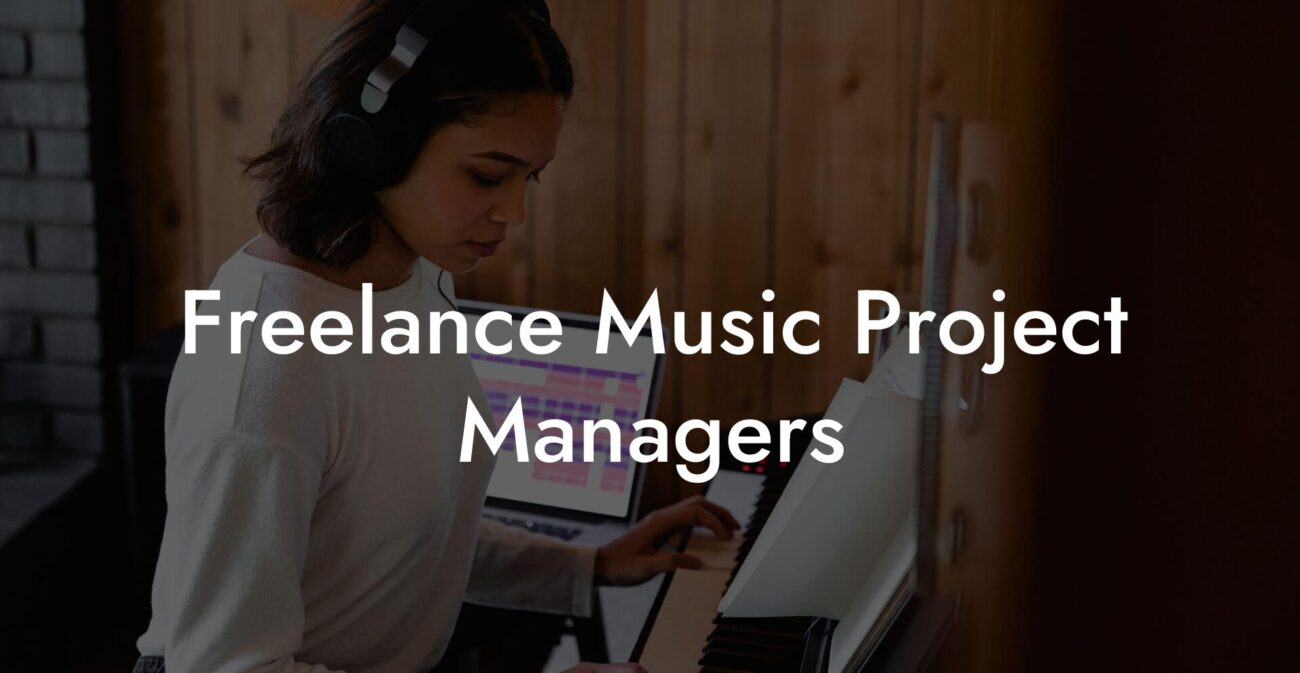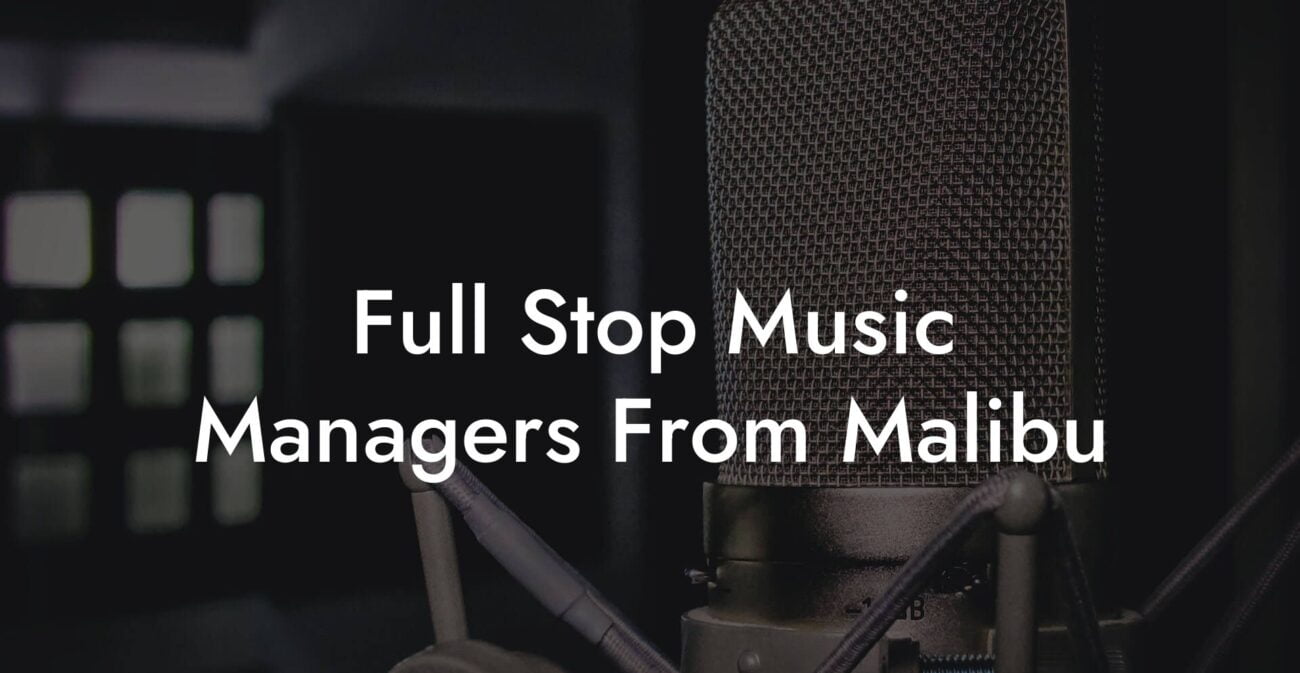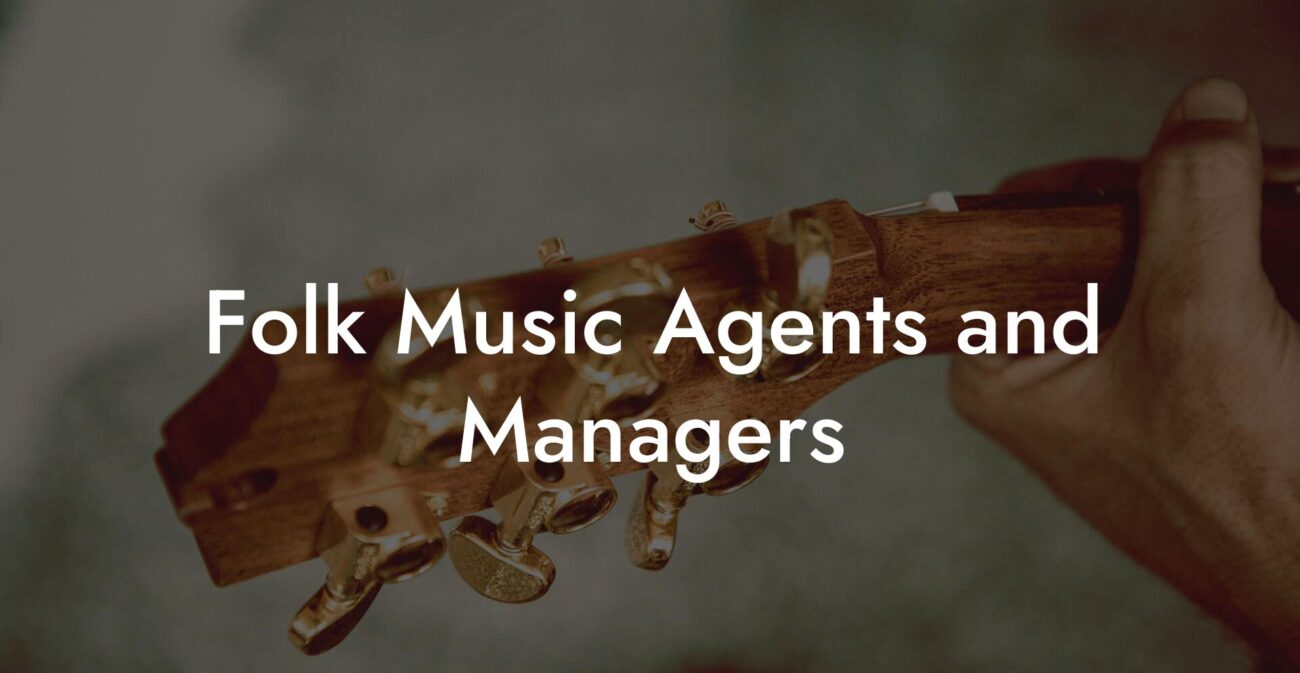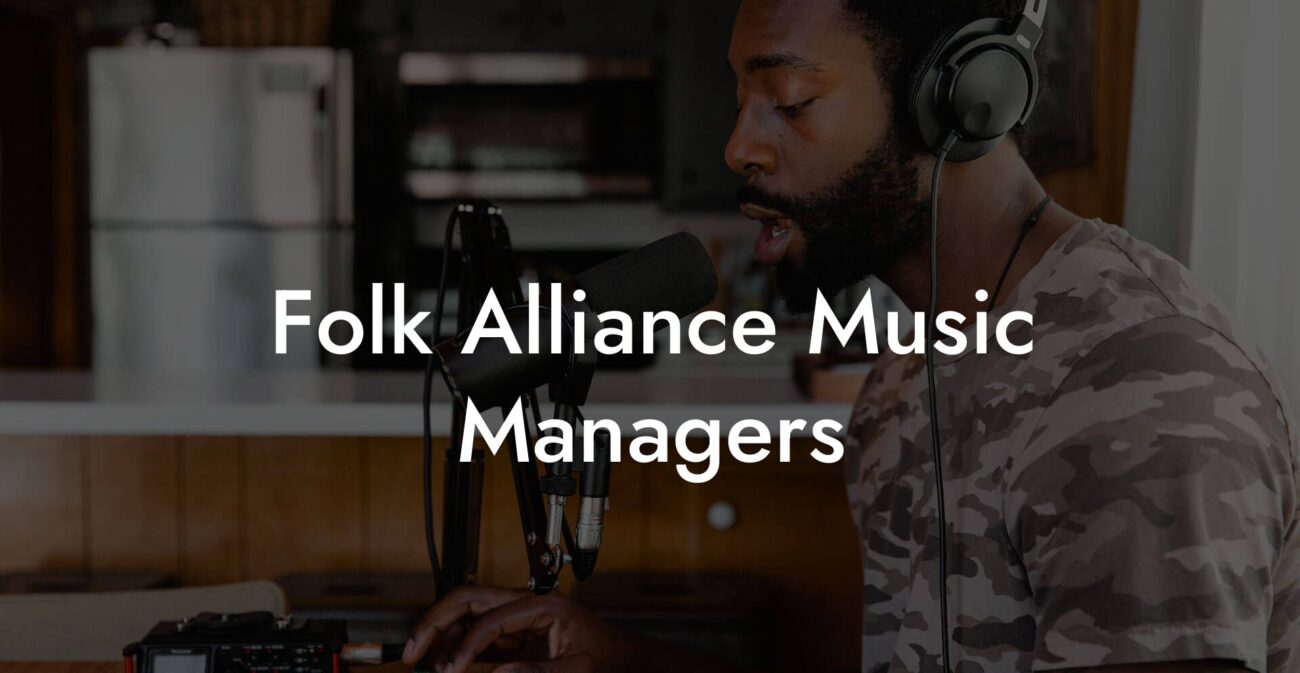Songwriting Advice
How To Write Lyrics To A Beat
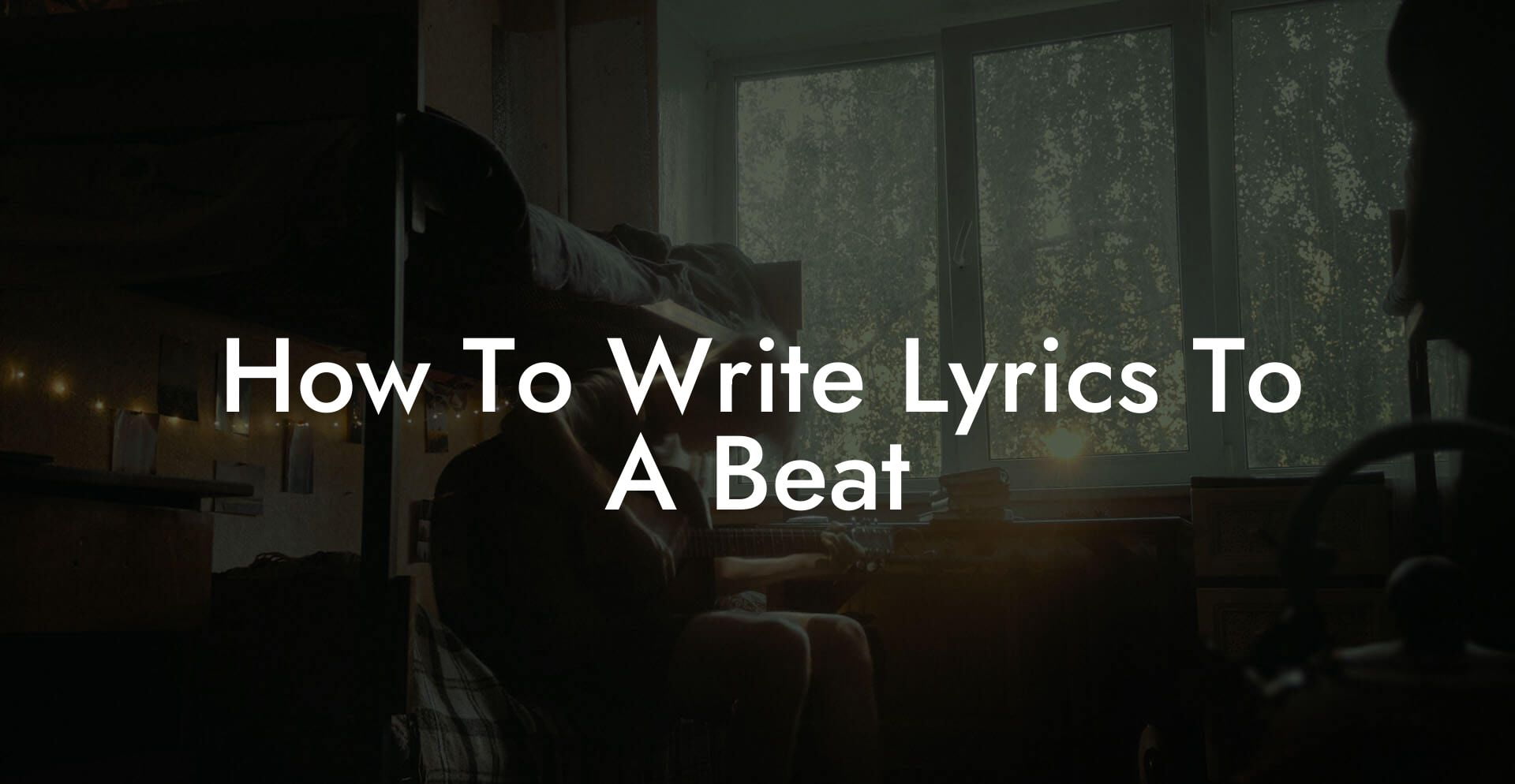
You have a beat that slaps and no words. That is a beautiful problem. Writing lyrics to a beat is the art of matching language to rhythm, emotion, and groove so the listener feels like the song wrote itself. This guide gives you a complete workflow that turns a beat into a lyrical map. Expect practical drills, real life examples, and enough snark to keep you awake. You will learn how to read the beat, find your pocket, craft hooks, rap or sing with confidence, and finish a demo you can actually send to a manager.
Quick Interruption: Ever wondered how huge artists end up fighting for their own songs? The answer is in the fine print. Learn the lines that protect you. Own your masters. Keep royalties. Keep playing shows without moving back in with Mom. Find out more →
Quick Interruption: Ever wondered how huge artists end up fighting for their own songs? The answer is in the fine print. Learn the lines that protect you. Own your masters. Keep royalties. Keep playing shows without moving back in with Mom. Find out more →
Quick Links to Useful Sections
- First listen protocol
- Useful terms explained
- Tools you will want
- How to read the beat
- Map the form
- Counting and bar placement
- Workflow: From beat to first draft lyrics
- Vowel pass
- Rhythm map
- Title hunt
- Prosody is your friend
- Writing for rap versus writing for melody
- Rap writing basics
- Melodic writing basics
- Sample walkthrough 1: 90 BPM trap beat for rap
- Step one identify pocket
- Step two vowel pass and rhythm map
- Step three title
- Hook draft
- Sample walkthrough 2: 120 BPM pop beat for melodic topline
- Step one
- Title
- Chorus draft
- Hook writing strategies
- Rhyme techniques that do not sound try hard
- Editing passes you must run
- Prosody doctor
- Crime scene edit
- Working with a producer
- Recording quick demos that sell the idea
- Common mistakes and how to fix them
- Exercises and drills
- Eight bar focus
- Vowel to word switch
- Reverse engineer a favorite
- When to stop rewriting
- FAQs
Everything here is written for millennial and Gen Z artists who want fast results. We explain acronyms and technical terms in plain speech. We also give relatable scenarios so you can picture the choices in a studio or on a bus with bad Wi Fi. If you want to stop staring at your phone and actually start writing, you will love what follows.
First listen protocol
Stop everything. Press play. Do not think about rhymes or titles. Your first job is to feel the beat.
- Listen for mood. Is it sad, aggressive, celebratory, or blankly cool?
- Notice tempo. The tempo tells you how fast you can rap or how many syllables you can comfortably sing.
- Identify the hook moments. Where does the music lift or drop? Those are landing zones for big lyrical phrases.
- Count the bars roughly. Most modern beats use four beat bars. Knowing the form helps you place lines.
Real life scenario: you get a beat in a DM at 2 a.m. The producer says, Use it if you want. You put headphones on and feel the drum pattern. You hum a nonsense phrase and it fits. That hum is the seed.
Useful terms explained
Short glossary so you stop sounding like a confused intern.
- BPM stands for beats per minute. It measures tempo. A 90 BPM beat is slower than a 120 BPM beat. Example: 90 BPM suits relaxed rapping or intimate singing. 120 BPM suits dance pop.
- Bar also called a measure. In most popular music, one bar equals four beats. When people say write 16 bars they mean 16 measures or 64 beats total in common timing.
- Pocket means where your voice sits rhythmically in the groove. If you feel comfortable spitting a line right after the kick the pocket is there.
- Topline means the melody and lyrics sung over a track. Producers often give a topline writer a beat to craft that melody.
- DAW stands for digital audio workstation. This is software like Ableton, Logic, or FL Studio where beats live and vocals get recorded.
- Stem is an isolated track exported from a DAW. A vocal stem carries vocals. An instrumental stem carries everything but vocals. Stems help collaborators work without the full project.
Tools you will want
You do not need a pro studio to start writing.
- Phones with decent headphones work for drafting. Use closed back headphones if you can to hear the low end.
- A simple DAW like GarageBand, or a phone app that can loop beats, helps you set up rehearsal passes. DAW is where you will record scratch vocals and mark bars.
- A notebook or voice memo app. Recording ideas fast is essential. Your future self will thank you for naming that weird melodic run from 3 a.m.
- A tuner or piano app if you need to find the key. Knowing the key is useful if you plan to sing a melody.
How to read the beat
Reading a beat is like taking a quick tour before you move into a house. Walk the rooms and note the exits.
Map the form
Play the beat and mark where things happen. Do this by ear or in your DAW.
- Intro. Is there an intro motif that repeats? That can be your hook intro.
- Verse sections. Listen for places where the music pulls back or strips elements. Those are natural spaces for verses.
- Chorus or hook. Where does the beat open up or add layers? The chorus often has the biggest energy.
- Breakdown or bridge. Does a section cut the drums or change chord color? That space is ripe for a twist in the lyric.
Counting and bar placement
If you are not comfortable counting maps, you will waste lines in the wrong place. Practice counting like this.
- Play the beat. Tap one beat for each quarter note. Count one to four and repeat.
- Nominate a downbeat as bar one. Most beats start their loop at the first downbeat. If the producer numbered bars, match them.
- Mark where a four bar phrase ends. Many vocal lines sit in four bar chunks. Some rappers write 16 bars for a verse which equals four groups of four bars.
Real life scenario: you start rapping and lose the beat because your line is five bars long. That is why counting before you dive in will save time and ego.
Workflow: From beat to first draft lyrics
We give this method a name because ego loves rituals. The VRT method stands for Vowel pass, Rhythm map, Title hunt. VRT is fast, dumb proof, and it works.
Vowel pass
This is where you sing nonsense vowels over the track to discover melody and shape. You do not need a perfect voice. You just need to find where the melody wants to live.
- Play the beat on loop. Record yourself improvising only with vowels like ah oh ee. Do not think about words. Do this for two to five minutes.
- Listen back. Mark moments that felt natural and repeatable. Those are melody gestures you want to keep.
- Pick one gesture for the chorus and one for the verse. The chorus gesture often feels bigger and wider in pitch range.
Real life: you are on a bus and the beat is in your headphones. You mouth a bunch of ahs and ohs. When you step off the bus you have a chorus that needs a title. The shame is minimal, the result is solid.
Rhythm map
Now convert melody into rhythm. Clapping helps.
- Tap the rhythm of your favorite melody gestures with your hands. Count the beats in each phrase.
- Write the syllable counts over the bar map. Example: Bar one eight syllables. Bar two six syllables long note at the end.
- Use that grid when you start inserting words so you do not overrun the bar.
Tip: shorter beats like 140 BPM in trap let you place more syllables. Slower beats force you to space words and play with elongated vowels.
Title hunt
Find a short, memorable phrase that can live on the hook. The title should be easy to sing and easy to text to a friend. Put the title on the strongest melodic note of the chorus.
Real life example: A beat has a rising brass stab on beat three of the chorus. You put the title exactly where that stab lands. The stab gives the title a hook of its own.
Prosody is your friend
Prosody means matching natural speech stress to musical stress. If you put the wrong word on the beat the line will sound awkward even if the rhyme is fire.
- Speak the line out loud at conversational speed. Mark the stressed syllables.
- Those stressed syllables should land on the strong beats. If they do not you either rewrite or change where the words fall.
- Example: saying I am bouncing off the wall will feel odd if the natural stress of bouncing does not land on the beat. Consider I keep bouncing off these walls which shifts stress into combinable spots.
Real life: you wrote a killer line but it collapses when you sing it because the long word hits a weak beat. Fix by swapping words or stretching a vowel on the strong beat.
Writing for rap versus writing for melody
The beat will tell you which route to take. Both require different tools.
Rap writing basics
- Bar structure matters. Verses typically come in sets of four bars. Rappers often write 16 bars for a verse.
- Flow is rhythm plus placement. Practice rapping along to the beat to find where your flows want to live.
- Rhyme density can be high. Multisyllabic rhymes and internal rhymes add texture. Internal rhyme means rhymes inside a line not just at the end.
Exercise for rap: pick an eight bar section. Write 48 to 80 syllables to fit those eight bars depending on tempo. Record and adjust. If it feels rushed, remove syllables. If it feels empty add internal rhymes or ad libs.
Melodic writing basics
- Melodic phrases usually use longer vowels for sustain. Choose words with open vowels like ah oh oh to sit on highs.
- Keep melody range comfortable. The chorus should often sit above the verse in pitch range to create lift.
- Use repetition. Hooks live by repeating one short phrase in different melodic and rhythmic shapes.
Exercise for topline: record a vocal melody on vowels. Replace the vowels with words that match the vowel shape. If the melody lands on a long note use one or two syllable words that open the vowel.
Sample walkthrough 1: 90 BPM trap beat for rap
We will write an eight bar chorus hook and a 16 bar verse. Keep tempo at 90 BPM. The beat has a heavy kick on one and three and a hi hat pattern that fills space.
Step one identify pocket
Kick on beat one gives you a backbeat feel. Your voice will sit slightly after the kick for a swagger feel. That pocket is perfect for a chilled braggadocio hook.
Step two vowel pass and rhythm map
You do a vowel pass and find a two bar melodic gesture that goes: oh oh oh ah. Rhythm map shows the long note starts on beat three of bar two.
Step three title
Short title you can text: Big Move. Put title on the long note on beat three bar two. Hook skeleton: Big move. Big move. Now watch this glass move.
Hook draft
Bar one: I came with the night on my sleeve. Bar two: Big move. Big move. Bar three: They watch how I flip every page. Bar four: Big move. Big move.
Adjust for prosody by speaking lines and aligning stresses with kicks. Record and tweak. The result is a hook that sits in the groove and repeats a ring phrase that is easy to chant.
Sample walkthrough 2: 120 BPM pop beat for melodic topline
Faster tempo. The chorus needs to be singable for crowds and rich in open vowels.
Step one
Vowel pass yields a melody that leaps up on the chorus title on beat one of bar one. That is your anthem moment.
Title
Short title: Tonight I glow. Place it on the downbeat. The melody supports long ah or oh vowels.
Chorus draft
Bar one: Tonight I glow. Bar two: Roads light up where I go. Bar three: Say my name like you know. Bar four: Tonight I glow.
Polish the internal rhyme and prosody. Keep the chorus higher in range than the verses. Double the vocal on the final chorus for richness.
Hook writing strategies
Hooks are memory traps. Make them easy to hum and easy to text a friend. Here are reliable moves.
- Ring phrase. Start and end the chorus with the same short line. That repetition sticks.
- Post chorus tag. A small melodic or chant tag after the chorus can be the earworm. It can be one syllable like yeah or a short phrase again.
- Contrast. Make the chorus rhythmically simpler than the verse. The ear likes clarity at the chorus.
Rhyme techniques that do not sound try hard
Rhyme is useful but not essential. When you rhyme, do it in a modern way.
- Family rhyme. Use near rhymes that share vowel or consonant families instead of perfect rhymes every time. This avoids sing song repetition.
- Internal rhyme. Put rhymes inside lines to create flow without ending every line with a rhyme.
- Strategic perfect rhyme. Save a true perfect rhyme for an emotional hit. It will land harder if it is rare.
Editing passes you must run
Every draft benefits from surgical edits. We borrowed names from other methods because they work.
Prosody doctor
Read every line at normal speed. Circle stressed syllables. Move words so the stressed syllables land on the strong beats. This often means changing adjectives or swapping a pronoun for a noun.
Crime scene edit
- Delete any abstract word like love, sad, or honest and replace it with a detail you can see or touch. Example replace love with my name carved on an old jacket.
- Cut lines that explain rather than show. If the camera cannot film it, rewrite it.
- Remove words that exist only to make the rhyme. A weak word for a rhyme will drag the listener out of the groove.
Working with a producer
Communication is a creative skill. Producers want clarity. You want a beat that supports your voice.
- Ask for stems if you plan to record or send a reference melody. Stems allow you to mute the vocal so you can practice your parts cleanly.
- Share reference tracks to show vibe not to copy. Saying I want the energy of Song X helps more than saying make it exactly like Song X.
- Match expectations. If the producer wants a finished topline, deliver melody and lyrics. If they expect you to freestyle, send multiple options to pick from.
Recording quick demos that sell the idea
Your demo does not need to be mixed. It needs to show melody, lyric, and rhythm in tune and in time. Here is a simple record pass you can do on your phone.
- Set the instrumental at a comfortable level in your headphones. Use a monitor mix if possible so you can hear both you and the beat.
- Record multiple passes of the hook. Pick the best one and comp the parts together if your app allows comping. Comping means assembling the best phrases from several takes into one final track.
- Add one ad lib or melodic tag at the end to show how you would ornament the final performance.
- Export as a vocal stem and an instrumental stem so the producer can review. If you cannot export stems, at least send the full mix and the vocal only file.
Common mistakes and how to fix them
- Too many words. If a line runs out of the bar you added too many syllables. Fix by shortening the line and using stronger image words.
- Bad prosody. If the phrase sounds forced when sung, change the word order or swap words for ones with the right stress.
- Rhyme for rhyme sake. If lines rhyme but mean nothing, replace a rhyme with a detail that advances the story.
- Trying to copy a hit. Try the hit method on a reference to learn but then strip your voice back in. Originality lives in specific lived experience.
Exercises and drills
Eight bar focus
Pick eight bars of a beat. Loop it for 15 minutes. Write a hook in that time. This drill enforces shape and helps you focus on the musical phrase length.
Vowel to word switch
- Do a two minute vowel pass on the chorus.
- Pick the melody and replace vowels with words that keep the vowel sound. Example replace ah with father or mama if the vowel matches.
- Polish into lyrics.
Reverse engineer a favorite
Take a song you love. Count its bars. Map its chorus cadence. Write a new set of lyrics using the same rhythmic skeleton but different content. This teaches you form without stealing.
When to stop rewriting
Perfection is a trap. Finish when the song communicates its main idea and you can sing the hook without thinking. Here is a simple finish checklist.
- Title appears in the chorus and is easy to sing.
- Chorus melody is higher or more open than verse melody.
- Prosody is fixed for all lines tested out loud.
- You have a demo that communicates the idea in under three minutes.
FAQs
How do I pick words that fit the beat
Pick words whose natural stresses match the beat. Use open vowels for long notes. Count syllables per bar and match that to the rhythm map. If a line feels crowded cut words. If it sounds empty add internal rhyme or an ad lib for texture.
Do I have to write lyrics in the key of the beat
You do not have to know the key to write lyrics. If you plan to sing, knowing the key helps you choose comfortable notes. If you are rapping, the key matters less than the groove and the pocket.
How do I keep a hook from being generic
Anchor the hook in one specific detail from your life or a fresh turn of phrase. Use a ring phrase but pair it with a line that contains a vivid image. That contrast prevents generic hooks.
What if I cannot sing in tune
Start with a rapper approach and use melodic fragments that you can comfortably sing. Later you can work with a singer or a topline writer. Many hits began with rough singing ideas that got polished by producers and vocalists.
How many syllables should a bar have
There is no one answer. Syllable count depends on tempo. A slow 70 BPM bar might carry 6 to 12 usable syllables. A fast 140 BPM bar can carry 12 to 24. The exact number depends on flow, pauses, and breath control.

